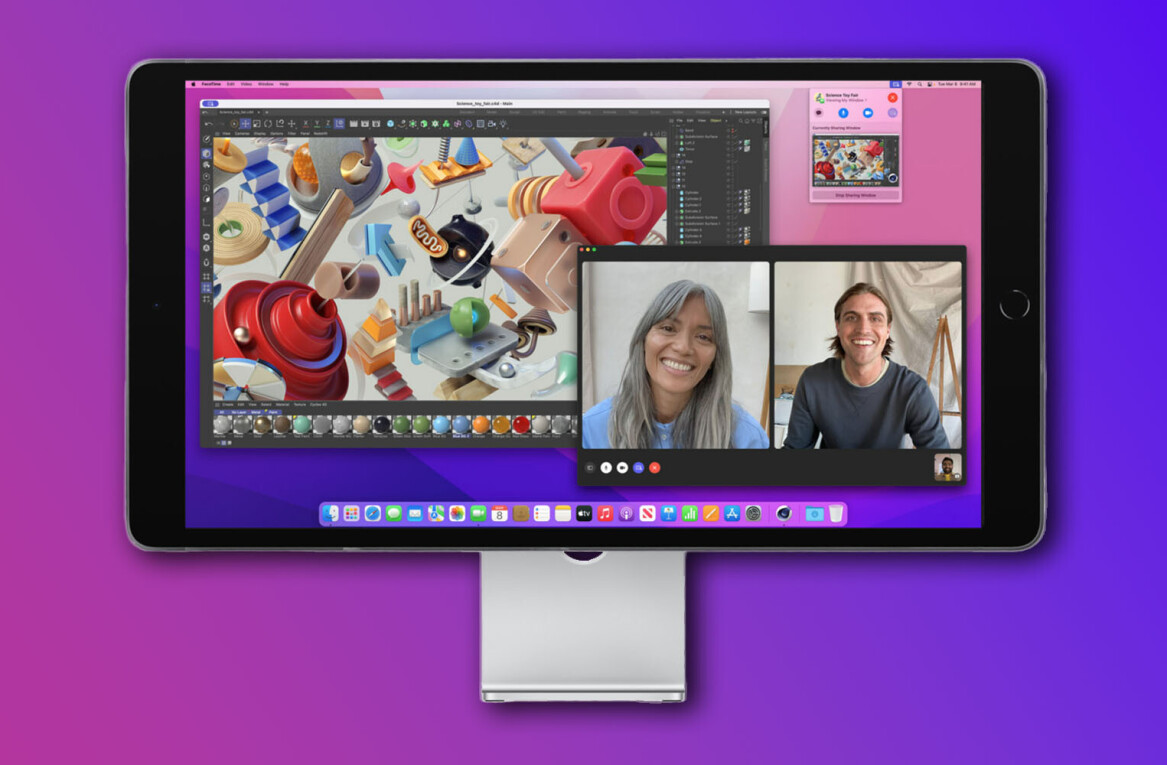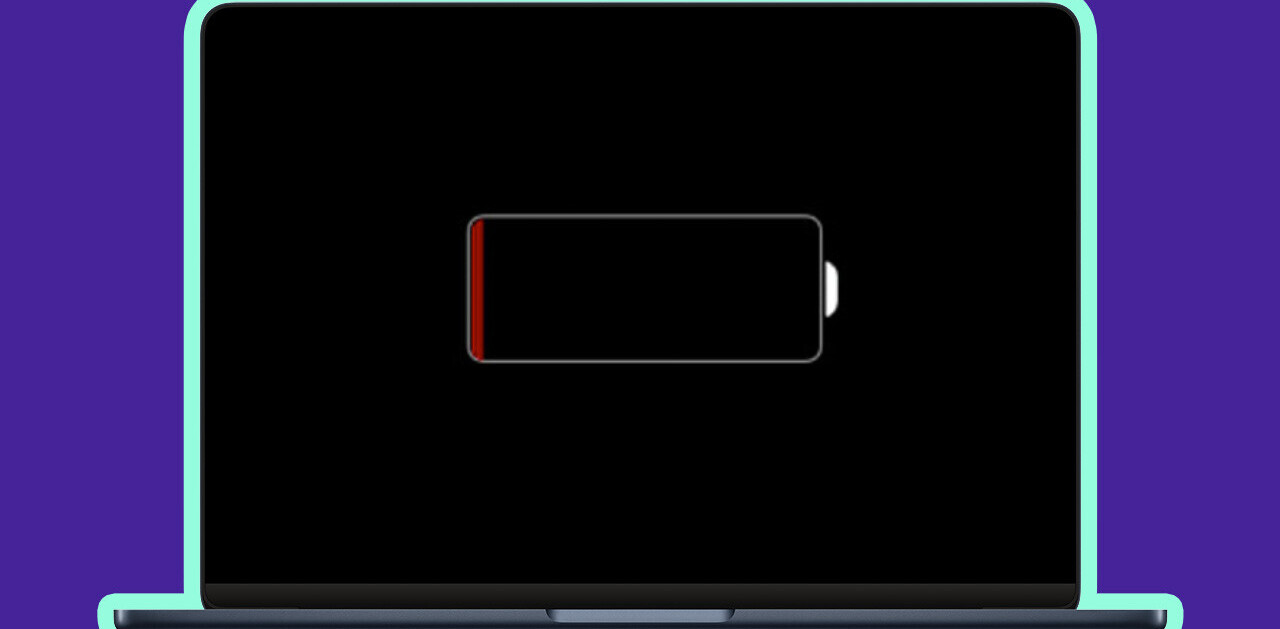
For the iPhone 6 Plus owner, a flickering gray bar atop the screen could only mean one thing: the dreaded ‘Touch Disease.’ For those affected, this issue often presented itself gradually, becoming worse over time. Eventually, the screen would lose responsiveness or stop working altogether.
The problem stems from a shoddy controller chip soldered to the logic board. iFixit, and dozens of others all agree it’s a design flaw, and that Apple is responsible. We reported as much back in August and even pointed readers to a class action lawsuit filed in response to the problem.
Until now, Apple has been unwilling to work with iPhone owners affected unless the phone was still under warranty. Being two-generations-old now, few were. For those that didn’t have AppleCare on the device, they were just out of luck.
Today, Apple revealed its plan to offer a reduced-price repair for affected iPhone 6 Plus devices. Apple is, however, foregoing any responsibility for the iPhone 6. Even though the 6 features the same complaints of a flickering gray bar, Apple’s data points to this primarily being an issue with the Plus model. Sorry guys.
Worse, the repair will still run you $149, half what the repair normally costs. Generous by Apple’s standards but still, you’re paying out of pocket for what many believe to be a design flaw.
For its part, Apple suggests the entire ordeal isn’t due to flawed design. Instead, it argues the issue is due to being ‘dropped multiple times on a hard surface and then incurring further stress on the device.’ Put simply, you’re either dropping the phone regulary or applying too much pressure to the touchscreen and thus damaging critical components, at least according to Apple.
via TechCrunch
Get the TNW newsletter
Get the most important tech news in your inbox each week.





